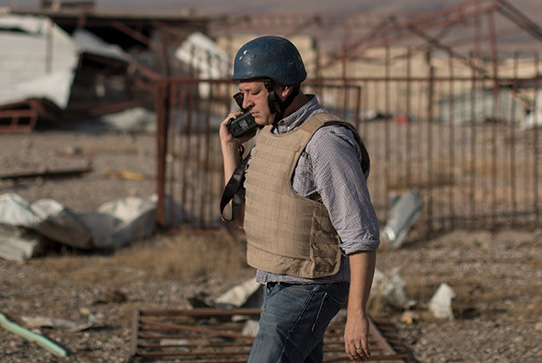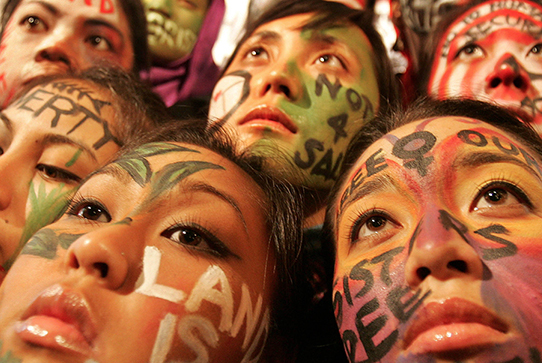Dateline
A dateline tells the reader where we obtained the basic information for a story. A byline tells the reader who wrote the story.
On short, un-bylined stories (routine speeches, game stories, announcements, etc.), the dateline generally should reflect where the story took place. However, when a story is longer, contains multiple elements, has analytical material or occurs at a place that is difficult for reporters to access, the dateline should be where the staffer covering the story is located.
When a datelined story contains supplementary information obtained in another location – say, when an official in Washington comments on a disaster elsewhere – we should note it in the story. The dateline for video, photos or audio must be the location where the events depicted actually occurred. For voice work, the dateline must be the location from which the reporter is speaking; if that is not possible, the reporter should not use a dateline. If a reporter covers a story in one location but does a live report from another location, the dateline is the filing point.
For text stories with datelines, bylines may be used only if the journalist was in the datelined location. If a reporter in the field works with another staffer and both deserve bylines, the name of the staffer in the field normally goes first and a tag line gives each staffer’s location. We give bylines in text stories to photographers, broadcast reporters and video journalists who provide information without which there would be no story.
For stories without datelines, the byline goes to the writer, with credit in a tag line o the reporters who contributed substantial information.
For staffers who do voice or on-camera work, we do not use pseudonyms or "air names." Any exceptions – for instance, if a staffer has been known professionally by an air name for some time – must be approved by a manager.



